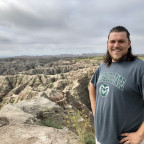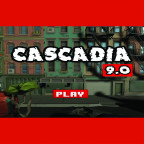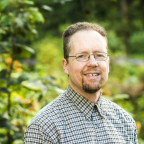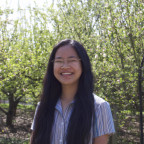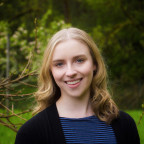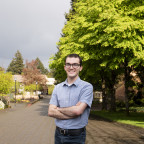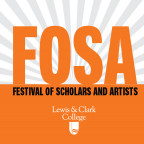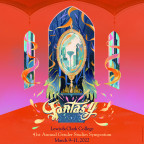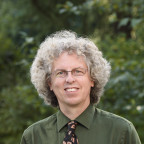News and Events
- NEWS2023
Q&A with Andy Fry, Assistant Professor of Mathematical Science
Assistant Professor of Mathematical Science Andy Fry’s studies combinatorial aspects of algebraic geometry, moduli spaces, matroid theory, and general combinatorics.
Students Take a Deep Dive Into Software Development
Peter Drake, associate professor of computer science, teaches a 400-level capstone course that enables students to address real-world problems through software development.
award, computer science, Mathematical SciencesCaitlyn Wilde earned 2nd place in computing poster session
Undergraduate student Caitlyn Wilde earned 2nd place at the student poster exhibit hosted by the Annual CCSC Northwestern Regional Conference held at the Portland Community College Sylvania Campus, November 5th and 6th, 2022.researchShaking Up Disaster Preparedness With Video Games
Cascadia 9.0 was developed as part of an ongoing research project to determine what motivates young adults to prepare for earthquakes and other natural disasters. Using video games as research and outreach tools, L&C researchers take an interdisciplinary approach to disaster preparedness.

DSCI Hackathon
A DSCI event held the weekend of February 10th, our first ever hacakathon! This year’s hackathon was a data visualization contest using Watzek library circulation data. 14 students (6 Teams) competed over 3 hours to produce an original data visualization of this unique data. Their contest submissions are available here: https://docs.google.com/presentation/d/10KIybkT_6Y-lHqEtFSfXauUNQtywpj7FGobqDVKQ9Uw/edit?usp=sharing
The winning team, Connor Smyth and Alex Denuzzo, produced a visualization of how Covid affected undergraduate book loans.20222023 Project Descriptions for Rogers Program
Summer science research
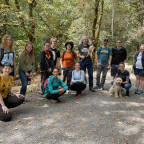
Mathematical Sciences Hike 2022
This fall, students and professors in the Mathematical Sciences department took a hike through our very own Tryon Creek Park trails down to Marshall Park. The weather was amazing as they concluded the hike with lunch and cupcakes. It was a great time for students to bond and connect with the professors in the department.Chemistry Major, Mathematics MajorLiz LeJeune BA ’22 Receives AAUW Senior Woman Recognition Award
Liz LeJeune BA ’22 is this year’s recipient of the American Association of University Women (AAUW) Senior Woman Recognition Award, which honors outstanding scholarship as well as significant contributions to campus and community life.
law, PortlandScholar, Dancer Prepares for Yale Law After Winning College’s Highest Honor
Paige Underwood BA ’22, a political science and mathematics double major, received this spring’s Rena J. Ratte Award, the undergraduate college’s highest honor. Named for an esteemed professor, the award recognizes a senior whose abilities and commitment have combined to produce work of the highest distinction.
Drew Blauth BA ’23 Wins Goldwater Scholarship
Blauth is one of 417 students selected from a pool of more than 5,000 nationwide for the Barry Goldwater Scholarship, the preeminent award for undergraduates in the natural sciences, engineering, and mathematics.
ArtsLCFestival of Scholars and Artists Celebrates Student Achievement
Lewis & Clark’s full-day celebration of student scholarship and creativity returned to its in-person format on April 8.faculty, Portland, symposia41st Annual Gender Studies Symposium Focuses on Fantasy
This year’s Gender Studies Symposium will examine how gender and sexuality affect the dynamics of fantasy, exploring questions of intimacy, pleasure, and politics. The symposium runs from March 9 to 11. - EVENTSSeptember 14: 12:00pm - 4:00pm
Careers in Tech for Women & Nonbinary Individuals
Join us for an inspiring afternoon dedicated to exploring the landscape of technology careers for women and nonbinary individuals. This event aims to empower and inform students about the diverse opportunities available in the tech industry, and to provide insight into overcoming challenges and succeeding in a dynamic field. We’ll feature a variety of speakers and panelists who are making strides in tech and who can share their experiences, advice, and strategies for building a fulfilling career.
Mathematical Sciences is located in BoDine on the Undergraduate Campus.
MSC: 110
email mathsci@lclark.edu
voice 503-768-7727
Chair Liz Stanhope
Mathematical Sciences
Lewis & Clark
615 S. Palatine Hill Road MSC 110
Portland OR 97219
